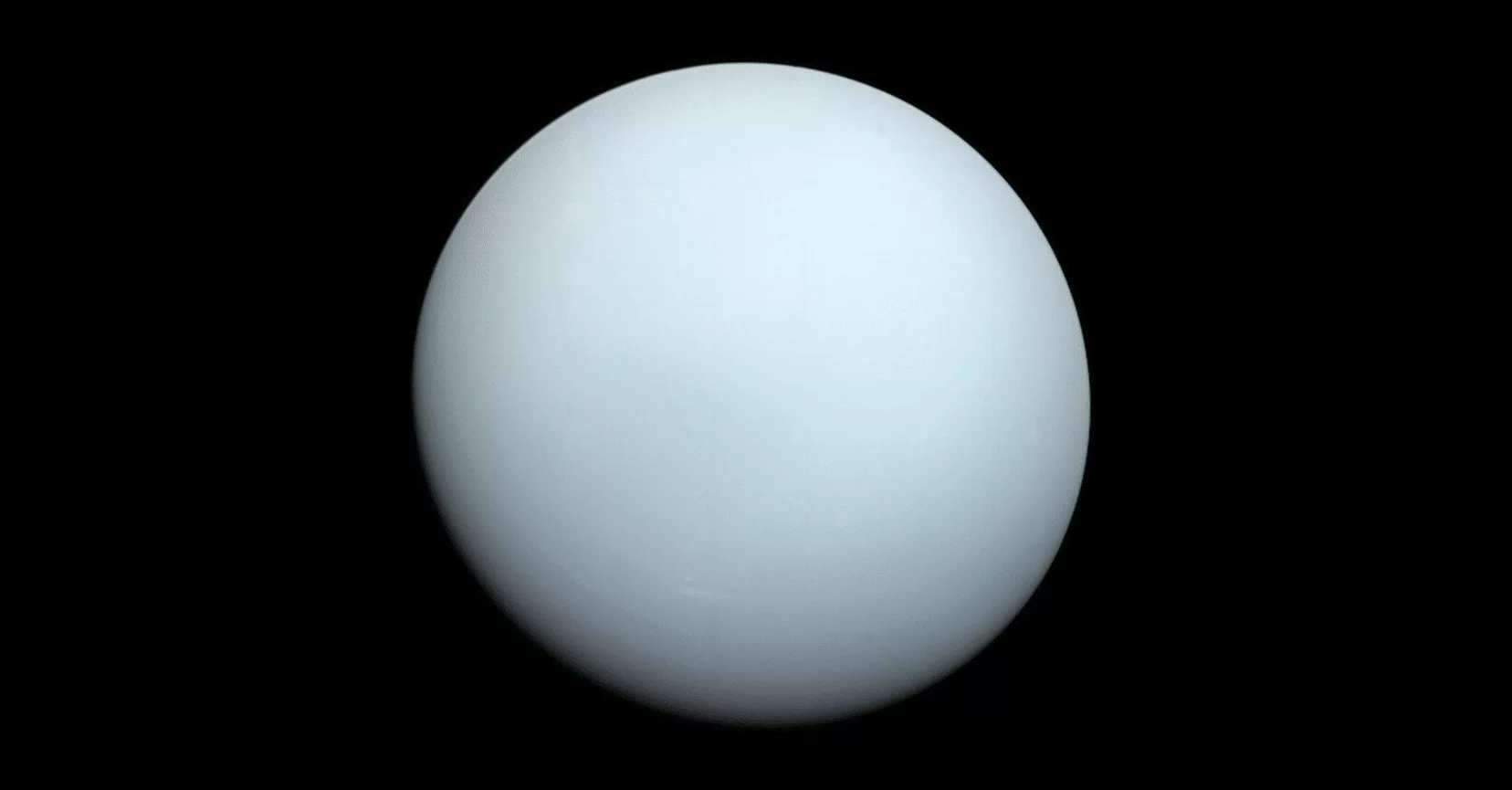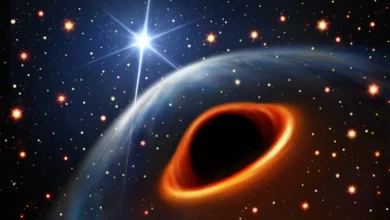
Extreme Seasons of Uranus
NASA’s James Webb Space Telescope has captured stunning new images and unveiled the extreme seasons of Uranus. To reveal the finest, never-before-seen details of the planet’s distinctive rings. The images, released on Thursday, represent another milestone for a $10 billion space observatory sent in December 2021.
Capturing the new images using the telescope’s mid-infrared instrument (MIRI). It is equipped to capture light at frequencies that are invisible to the naked eye. This allowed the telescope to see through the mystery surrounding Uranus and take specific images of the planet’s rings.
said Jennifer Weissman, Webb’s lead project scientist. At NASA’s Goddard Space Flight Center in Greenbelt, Maryland. “We are thrilled to be able to share these stunning new images of Uranus.” “The detail and clarity of these images are truly amazing, and they offer a new perspective on this special planet.”
Related Article: The James Webb Space Telescope Explores Lava Worlds
The effect of invisible moons causes the extreme seasons of Uranus
The images reveal many details about Uranus’ rings, including mysterious holes and accretions. Researchers accept that these holes may be caused by small moons orbiting within the rings. which are not yet visible in the images.
“Studying Uranus’ rings is important for understanding the formation and evolution of our solar system,” said Imke De Pater, a planetary scientist at the University of California, Berkeley.
“The new images from James Webb will allow us to study the rings in much greater detail than ever before. And will help us answer some fundamental questions about our solar system.”
Related Article: Waters Surrounding Rare Comet Discovered by JWST
The latest addition to the James Webb Telescope image library
The Uranus images are the latest in a series of stunning images taken by the Webb Telescope since its launch. In January, the telescope captured its first images of the Orion Nebula. A huge cloud of gas and dust 1,500 light-years from Earth.
Since then, the telescope has captured images of other celestial objects, including galaxies and star clusters.
The Webb Telescope is the successor to NASA’s Hubble Space Telescope, which has been operating since 1990. Unlike Hubble, which primarily captures visible and ultraviolet light, the Webb Telescope is designed to capture infrared light. Allowing it to see through clouds of dust and gas that Blocks visible light.
Despite some early technical difficulties, including a problem with one of its sun shields, the Webb telescope has performed exceptionally well since its launch. NASA officials say they are confident the telescope will continue to perform well and produce groundbreaking scientific results for many years.
“The Webb Telescope is a testament to the power of human ingenuity and determination,” Weissman said. “It’s a really cool tool that pushes the boundaries of our knowledge and understanding of the universe.”
Related Article: James Webb discovers ‘celestial monster’ stars
Study summary:
As the James Webb Space Telescope gazes into the heart of Uranus, it reveals a captivating landscape of dramatic rings, bright features, atmosphere, and the unique tilt that gives the ice giant its extreme seasonal changes. The infrared capabilities of the image’s near-infrared webcam have revealed an unprecedented view of the planet’s mysterious polar cap and storm activities, providing scientists with valuable insights into the dynamics of Uranus’ atmosphere.
With 13 known rings and 27 moons, this mysterious ice giant is a source of endless fascination for astronomers. The James Webb Space Telescope’s groundbreaking data has opened new doors in our understanding of Uranus and its intriguing features. As the National Academies of Sciences, Engineering, and Medicine prioritize Uranus in the 2023–2033 Decadal Planetary Science and Astrobiology Survey, the telescope is set to continue its journey of discovery, unveiling more secrets about this captivating world.
The international collaboration behind the James Webb Space Telescope, led by NASA with its partners ESA (European Space Agency) and the Canadian Space Agency, is a testament to the power of scientific cooperation in uncovering the secrets of the universe. As the world’s premier space science observatory, Webb will continue to explore the depths of our solar system, explore distant worlds around other stars, and investigate the origins and structures of our universe, further illuminating our place within it.
You can read the study here








